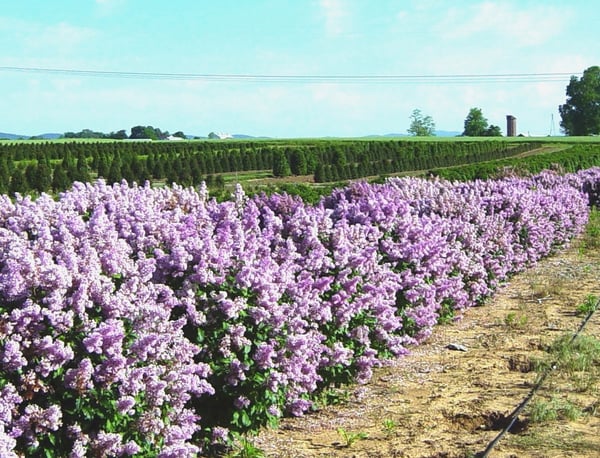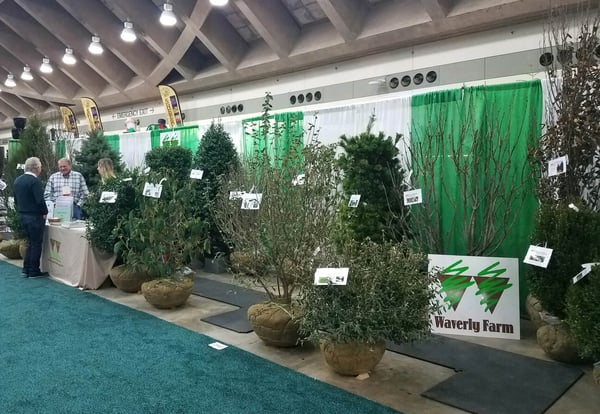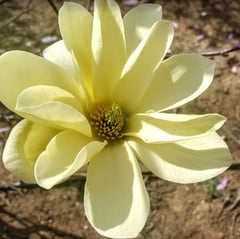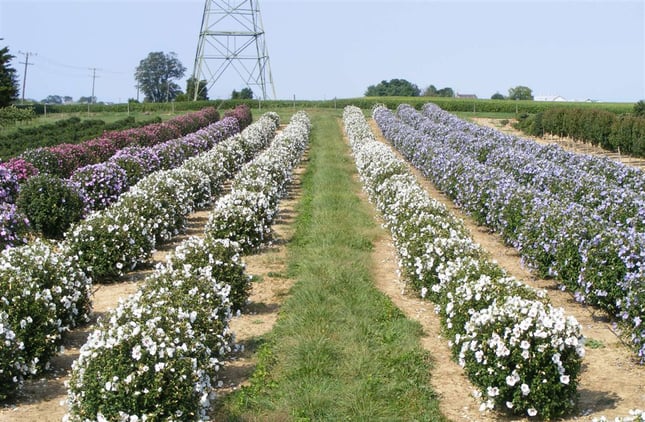The price is always too high if the plant quality is low
I think it’s pretty much built in for most of us: That desire to get the best deal in any transaction. We may dream of finding a field grown nursery plant in the same cultivar of the same quality but at a lower price. We all have probably indulged this fantasy at one time or another, but eventually come around to accepting reality.
Whether you consider a plant expensive or a great bargain, one thing is sure: the price paid is always too high if the quality is low. If the quality isn’t there, it’s a bad deal at any price.
Price ought to reflect the value of the plant
 There are many factors that contribute to the accurate pricing of field grown nursery plants. The question for growers is, how do we price premium quality plants fairly and make a decent profit? To you as a buyer, the question is: how do you understand the relationship between the price and value of that plant? The value of a plant depends on the value of the inputs that brought it to maturity. And the price ought to reflect those input costs accurately.
There are many factors that contribute to the accurate pricing of field grown nursery plants. The question for growers is, how do we price premium quality plants fairly and make a decent profit? To you as a buyer, the question is: how do you understand the relationship between the price and value of that plant? The value of a plant depends on the value of the inputs that brought it to maturity. And the price ought to reflect those input costs accurately.
My basic pricing equation is pretty simple: Start with the time it takes for a plant to reach sale size. Then take all cash expenses for a given year and divide by the number of plants in production. That’s how you arrive at the cost of a single plant. So if a plant lives on our farm for five years, I multiply the five year cost by 2. What’s left in the proverbial cigar box is the profit. That’s the simple version.
Of course, all plants are not equal regarding the expenses required to bring to maturity.That expense line is the tricky part of the equation. What are all the factors a grower should be considering to get their plants priced right? We’ll get to that in a moment.
Factors that go into nursery plant pricing
 Sometimes a new customer might balk at prices. But after I take them on a tour of the farm, they understand what goes into that plant. Buyers may be used to paying a certain amount with a set of expectations about that price.
Sometimes a new customer might balk at prices. But after I take them on a tour of the farm, they understand what goes into that plant. Buyers may be used to paying a certain amount with a set of expectations about that price.
So for example, maybe a customer is used to buying a 4 foot hibiscus for $29. But when they see ours and it's significantly more than $29, they say, “Wow! That’s a different plant."
Right! It's just not the same as the $29 one at all. All plants of similar size and type are NOT the same because mere dimensions don’t take into account the fullness and structure of the plant--which is a direct outcome of how the grower has cared for them.
So let’s take a look at what goes into that hibiscus, or any other plant you are looking for, and then see a grower could be undercharging by a lot at $29.
Plant Care
A lot goes into taking care of that plant until it is ready to sell. The grower has invested in skilled labor, specialty equipment, and all the materials and procedures necessary to take it from a liner in the ground to the perfect plant customers expect.
In this category, it's important to factor in the cost of the plants that do not make the cut. We call that the “cull factor,” and it's not insignificant. I've done estimates in the past. And I think we dispose of about 5% of what we plant. Part of the business is that, however great your plant care program is, some of them will not make it.
Overhead
Business owners may not fully account for the debt they are servicing on land, buildings, or equipment. This particular type of fixed cost tends to lurk in the background and is easy to overlook.
Payroll
Paying workers is not a fixed cost, and it is definitely not getting any cheaper. Getting a good end product means treating the people well who take care of and help you sell that product.
The Marketplace
Aside from the usual investments in advertising and sales, a grower will have to consider the cost of royalties incurred by responding to the market demand for newly developed cultivars.
New plant varieties don’t just come to us out of thin air. Whether the world actually needs a new kind of viburnum is beside the point. People see a promotional photo of a new hybrid and must have it. So growers have to respond to that demand. Right now, about 20% of our plants involve paying out a royalty.
Plant price and value is a balancing act
 At this point, you may be thinking that all of the above is obvious. It is, but when it is all listed out like that, it tends to put price and value into a context that you can understand and accept, doesn’t it?
At this point, you may be thinking that all of the above is obvious. It is, but when it is all listed out like that, it tends to put price and value into a context that you can understand and accept, doesn’t it?
Fair pricing for the grower, the buyer, and ultimately the landscaping customer is a constant balancing act. But when a grower really knows their cost of doing business and sets prices by that, everyone benefits down the line.
We all stand to benefit from high value plant material sold at prices that honestly account for what it takes to produce that value. But how do we know we are purchasing the best plant material for the best price?
Our ebook “Why Accurate Plant Pricing is Good for Everyone” will give you a fresh perspective on that delicate balance between price and value.





